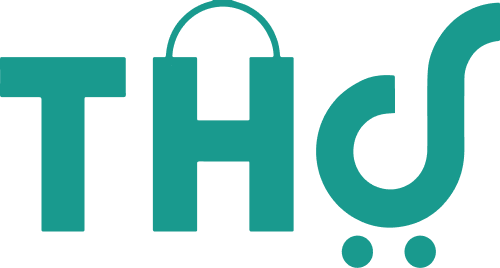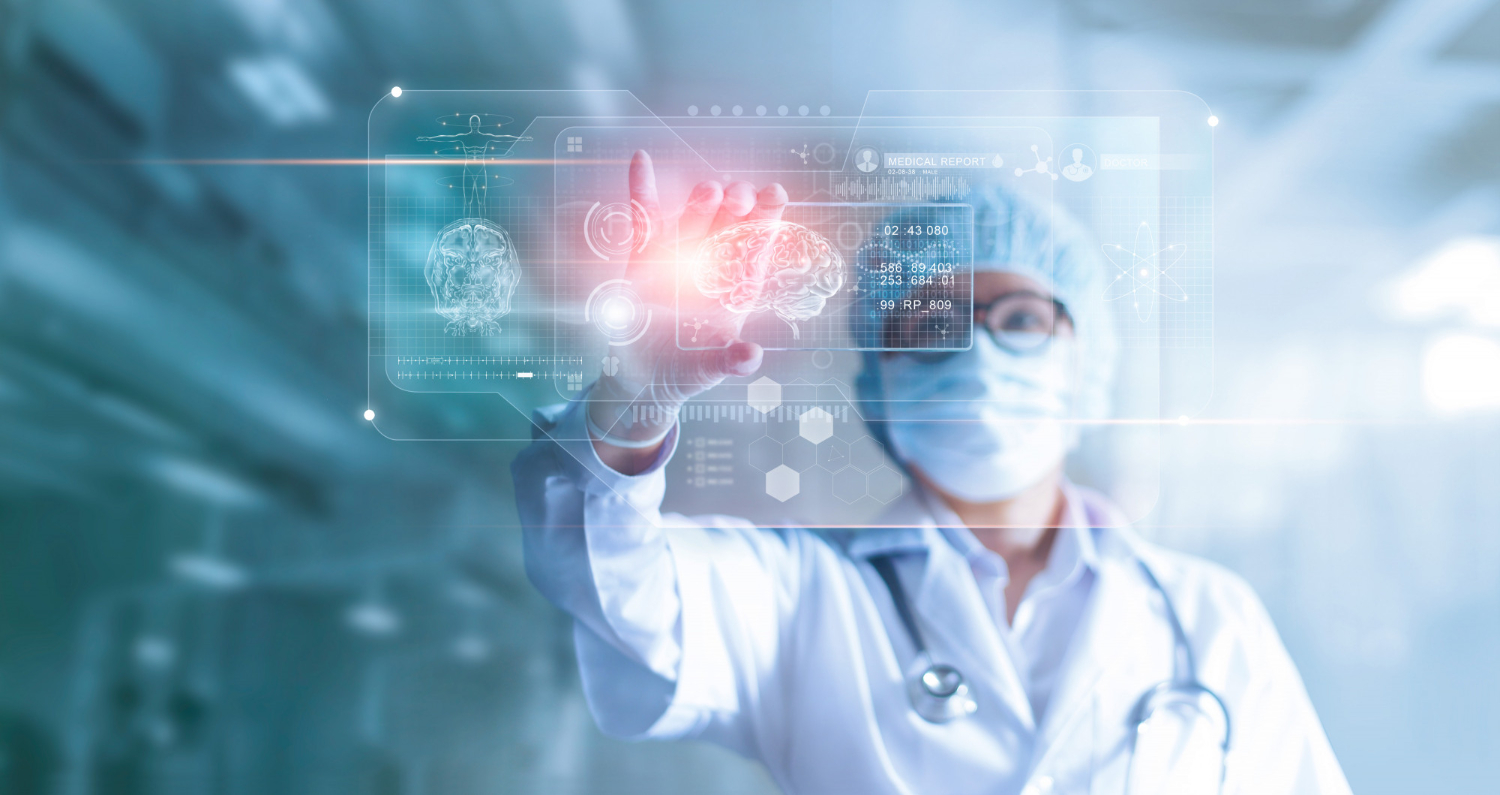Over one billion people worldwide experience mental health issues every year, with depression serving as the main contributor to global mental disorder. The Mental Health Gap Action Program (mhGAP) of the World Health Organisation (WHO) offers evidence-based solutions to address this worldwide epidemic, but it also recognises that there are obstacles, such as a lack of financing and resources.
A December 2020 report from the US government, which states that providing evidence-based mental health care in the US alone would require an additional 4 million educated workers, highlights the breadth of these impediments, even for high-income countries. It is just unfeasible to suggest that procedures based solely on in-person care can ever be able to meet this need on a worldwide basis. Thus, there was considerable interest in the potential for new technology to expand care even before the COVID-19 pandemic emerged.
Digital health technologies (DHTs) are rapidly expanding in capability and accessibility on a global scale, offering a realistic path to enhancing current mental health services and closing the treatment gap. In this article, we focus on the most current advancements in DHTs and its breakthroughs that go beyond electronic medical records or traditional telepsychiatry.
While the incorporation of these DHTs into mental health care commenced somewhat slowly, limitations brought about by the COVID-19 epidemic have triggered a paradigm change, changing the way that assumptions, interest, and usage of digital health have been approached. The employment of digital technologies in clinical settings and neurosciences research is currently known as “digital neurology.” Mobile devices and wearable biosensors are examples of digital tools. The study of data produced by algorithms, neuroimaging, electronic health records, artificial intelligence, neurorobotics, etc. falls within the scope of digital neurology.
Several significant developments in digital neurology and mental health include:
• As a subset of digital medicine, digital neurology involves the digitization of healthcare information about people, the use of biosensors to monitor bodily functions, and the processing of the enormous amounts of data produced by algorithms, cloud computing, and artificial intelligence.
• For customised neurology, portable and wearable gadgets are being employed not only for diagnosis but also for the integration of diagnostic with therapies.
• For the purpose of neurorehabilitation, equipment like neurorobots and neuroprosthetic devices incorporate artificial intelligence using algorithms based on computational models of biological brain networks.
• Electronic medical records are frequently utilised in healthcare to increase effectiveness and cut costs. While their application in neurology has been constrained by the need for complicated diagnostic information, we can expect this Technology to get a more updated version which will allow storage of complex data
• Clinical trials for neurologic illnesses employ digital biomarkers, which are another great example of advancement in the Digihealth sector.
Digital Health platforms are the future.
While the aforementioned technological developments are impressive, digital medicine covers a far wider range of technologies, such as mobile devices, neuroimaging, electronic medical records, machine learning, robotics, and personalised medicine and is definitely a trend for the future.
Addressing the health issues and challenges faced by patients, doctors, and healthcare systems is made possible by elements of digital health platforms such the creation of technical solutions to monitor, process, and integrate various data at the individual and population levels.
Using these advancements in the digital Health sector, platforms like Total Health Solutions are connecting patients and doctors remotely, making the remote treatment much more accessible and easy.

